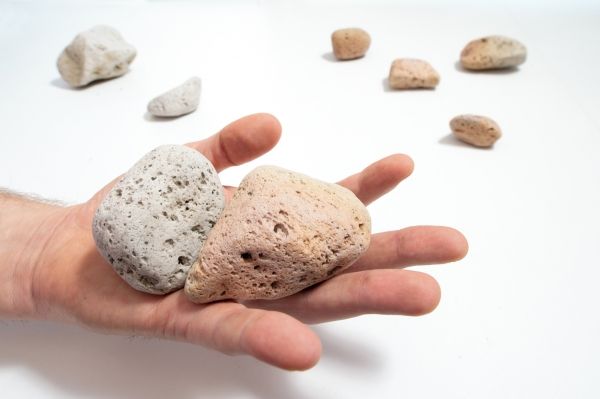The presence of pink pumice in the giant pumice raft of the 2012 Havre eruption that drifted across the southwest Pacific Ocean has led researchers to recognise the immense power of underwater volcanic eruptions.
In research published in the Nature portfolio journal Communications Earth and Environment, the researchers including Professor Scott Bryan, Dr Michael Jones and PhD candidate Joseph Knafelc, were intrigued by the occurrence of pink pumice within the massive pumice raft that resulted from the Havre 2012 deep-sea eruption.
The publication of the new research comes after the recent dramatic explosion of the Hunga Tonga Hunga Ha'apai volcano in Tonga, about 1200 km north of the Havre volcano, which has sharply brought the world’s attention to the explosive potential and hazards associated with submarine eruptions.
Professor Bryan, who has been studying pumice rafts for more than 20 years, said the pink pumice produced in the 2012 Havre eruption revealed insights into how magma can shoot out and up from underwater volcanoes.
“Unlike Hunga Tonga-Hunga Ha’apai, Havre is in a much more remote location. Its summit is 900m below sea level, and the nearest populated areas are around 800km away on the North Island of New Zealand,” Professor Bryan said.
Read more at: Queensland University of Technology
The pink pumice, and it's thermal history, provides an insight into underwater eruptions. (Photo Credit: QUT)


